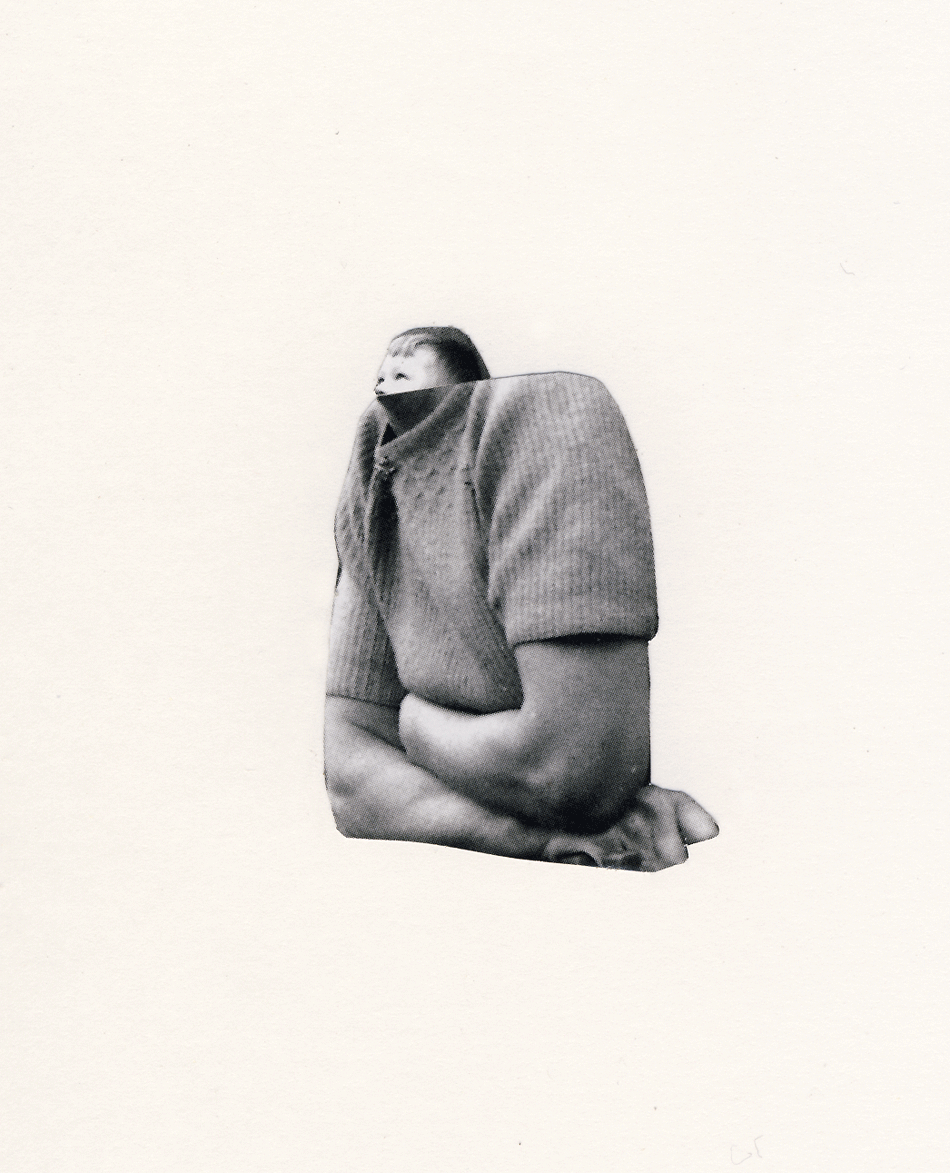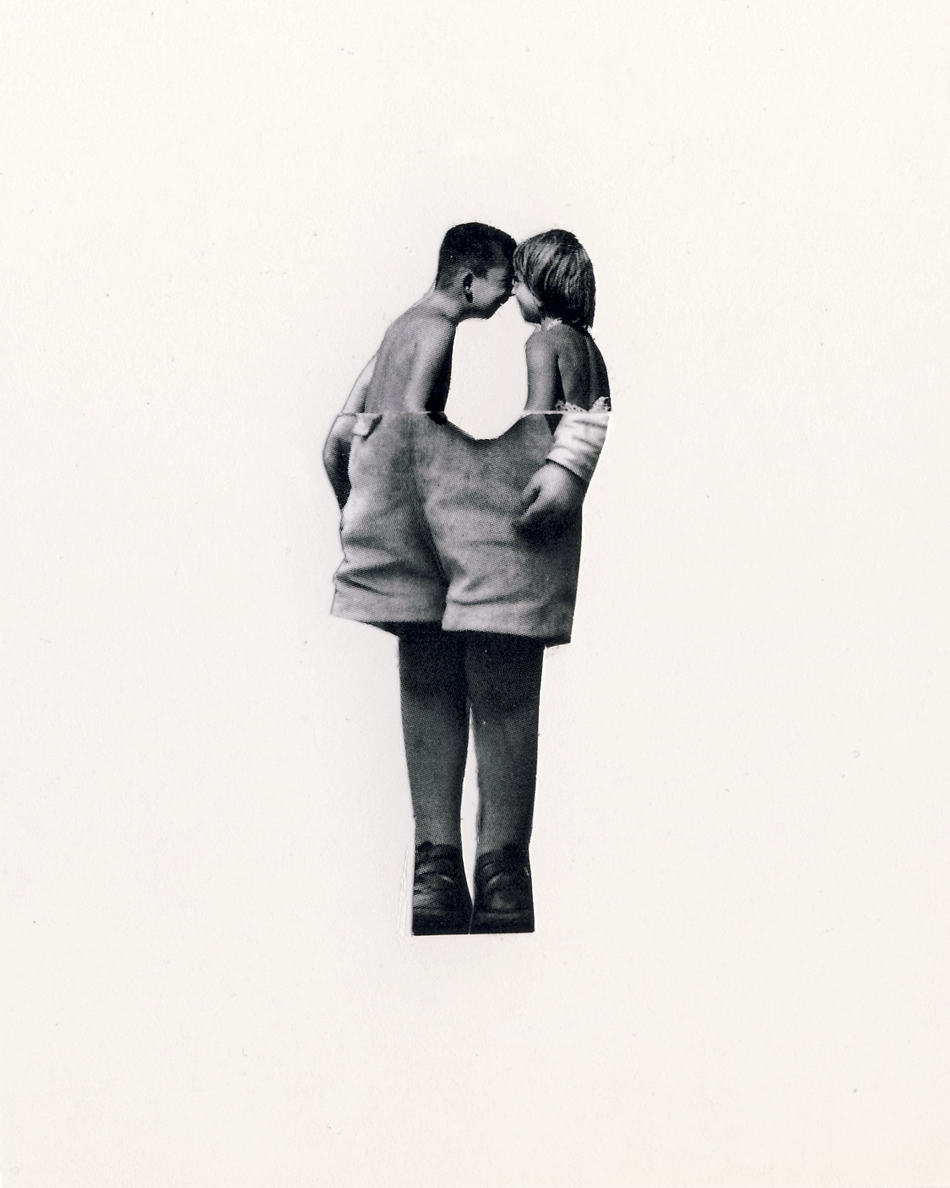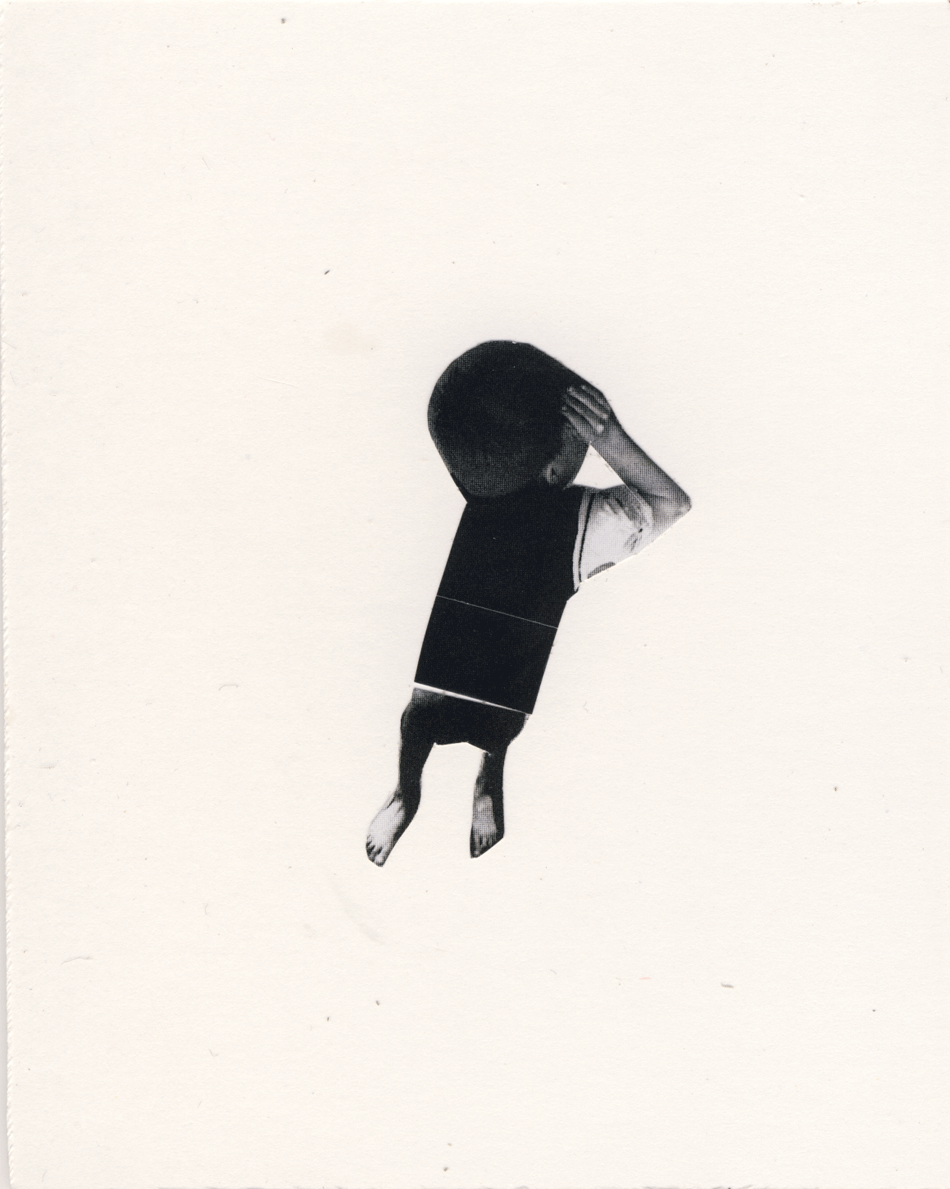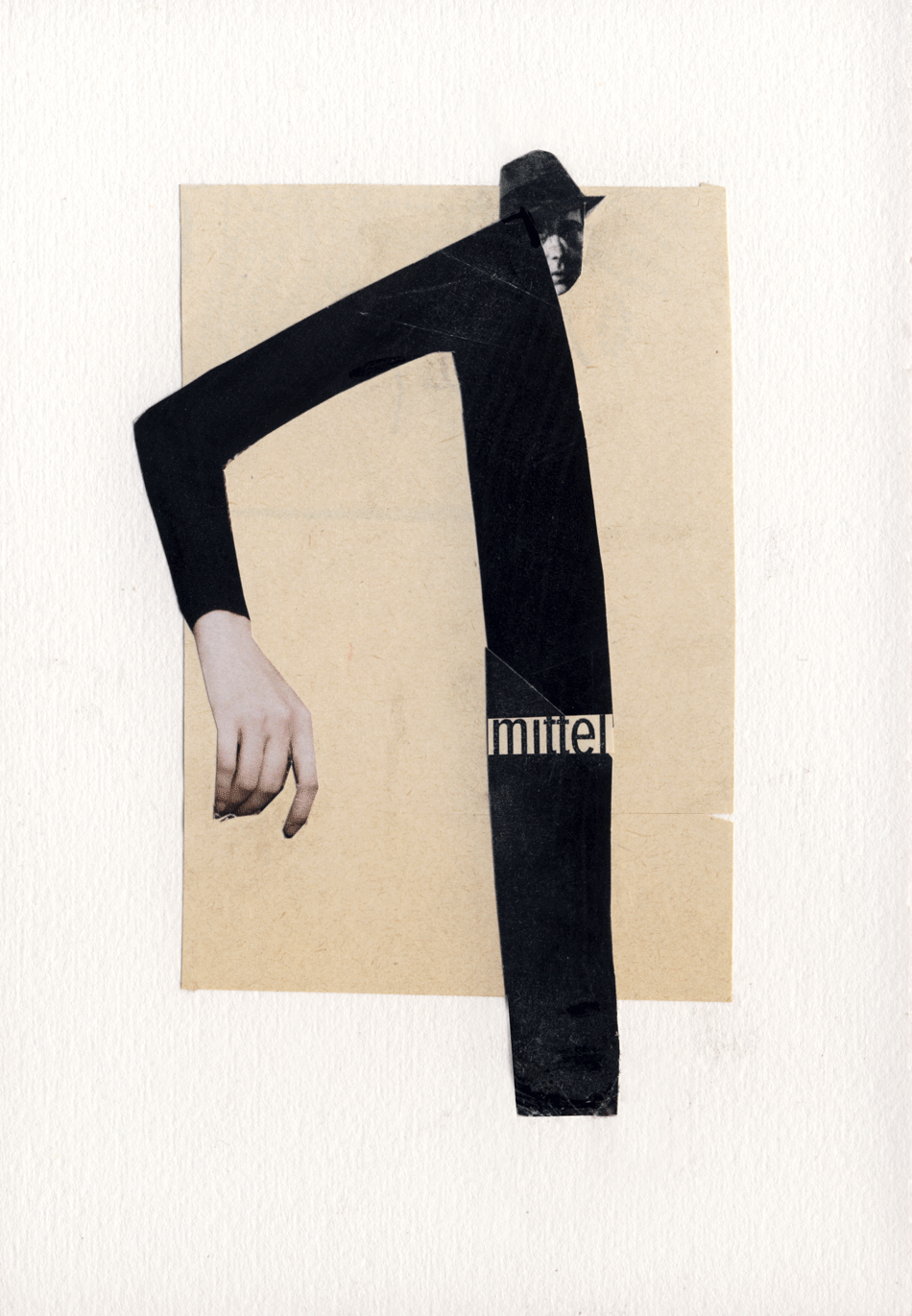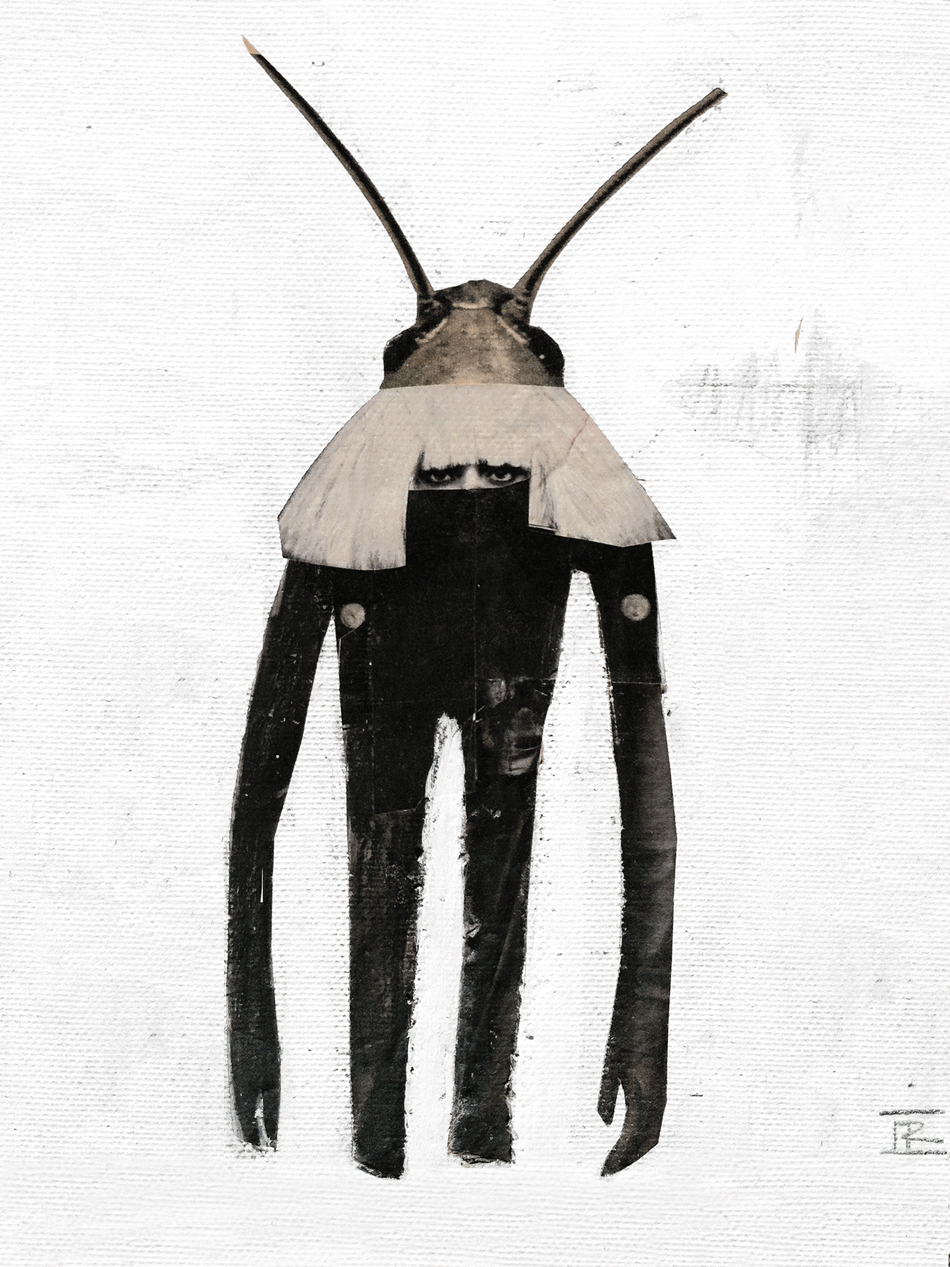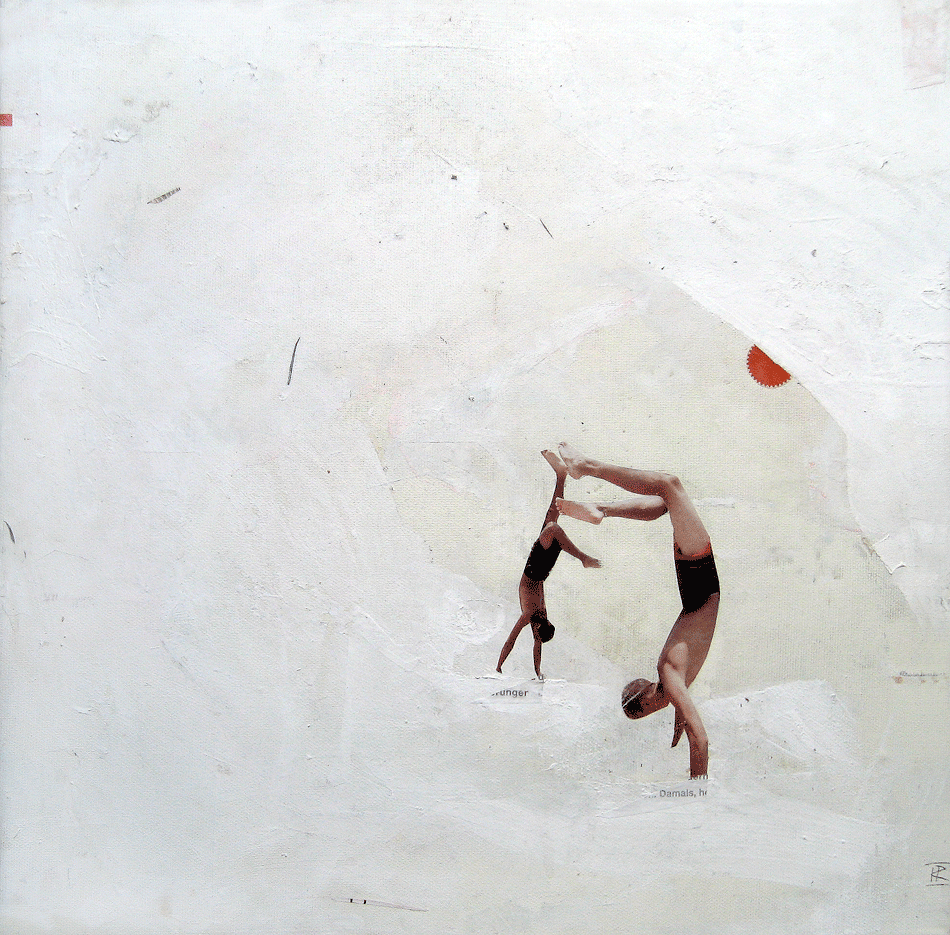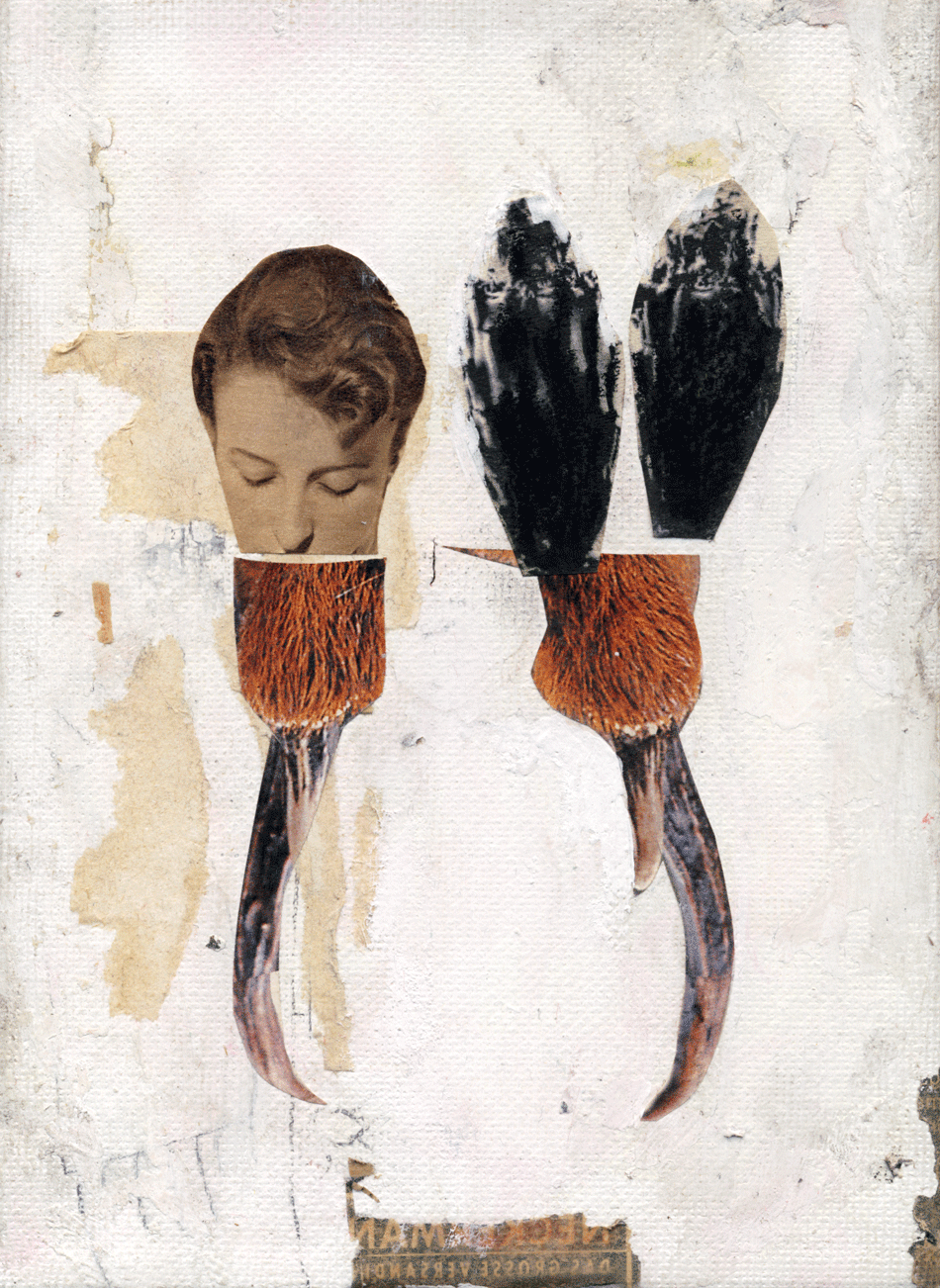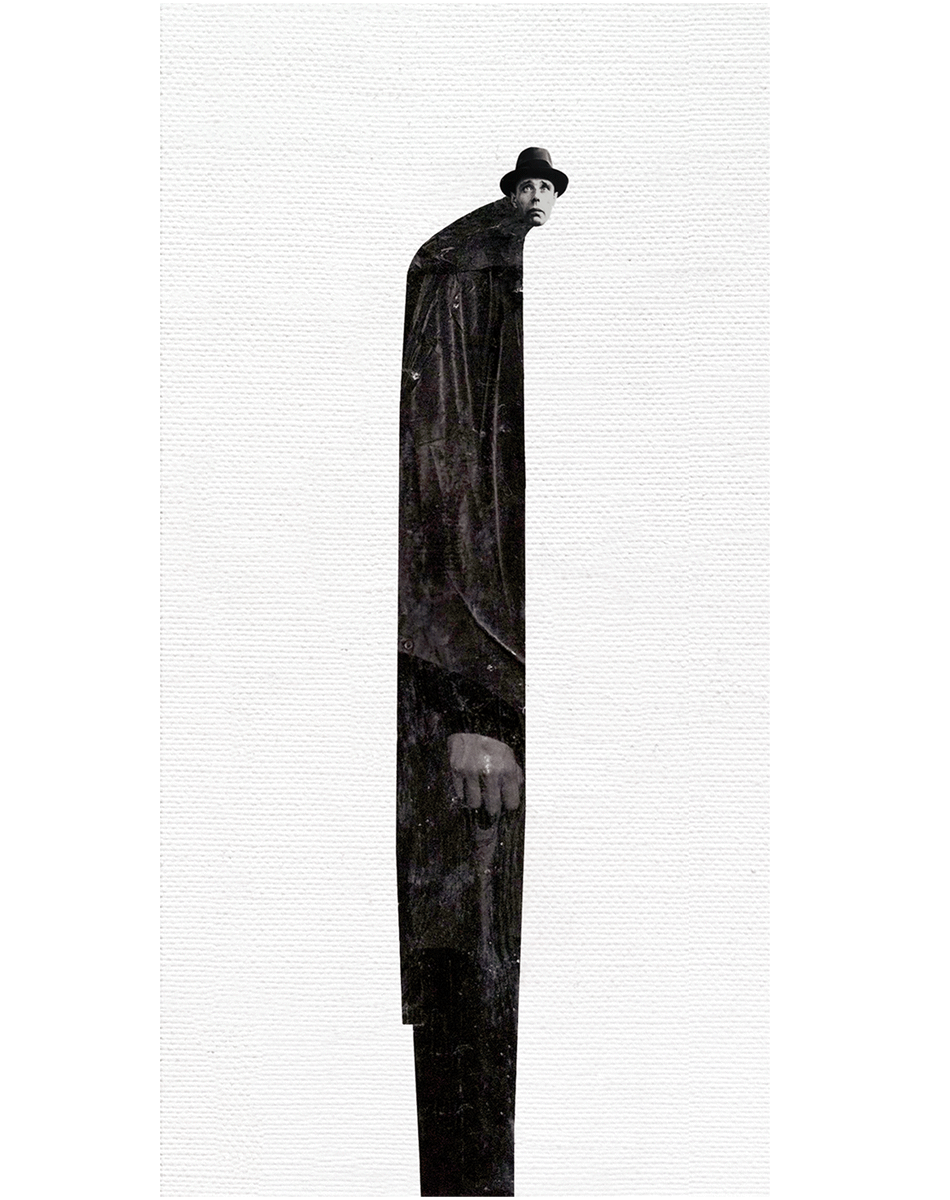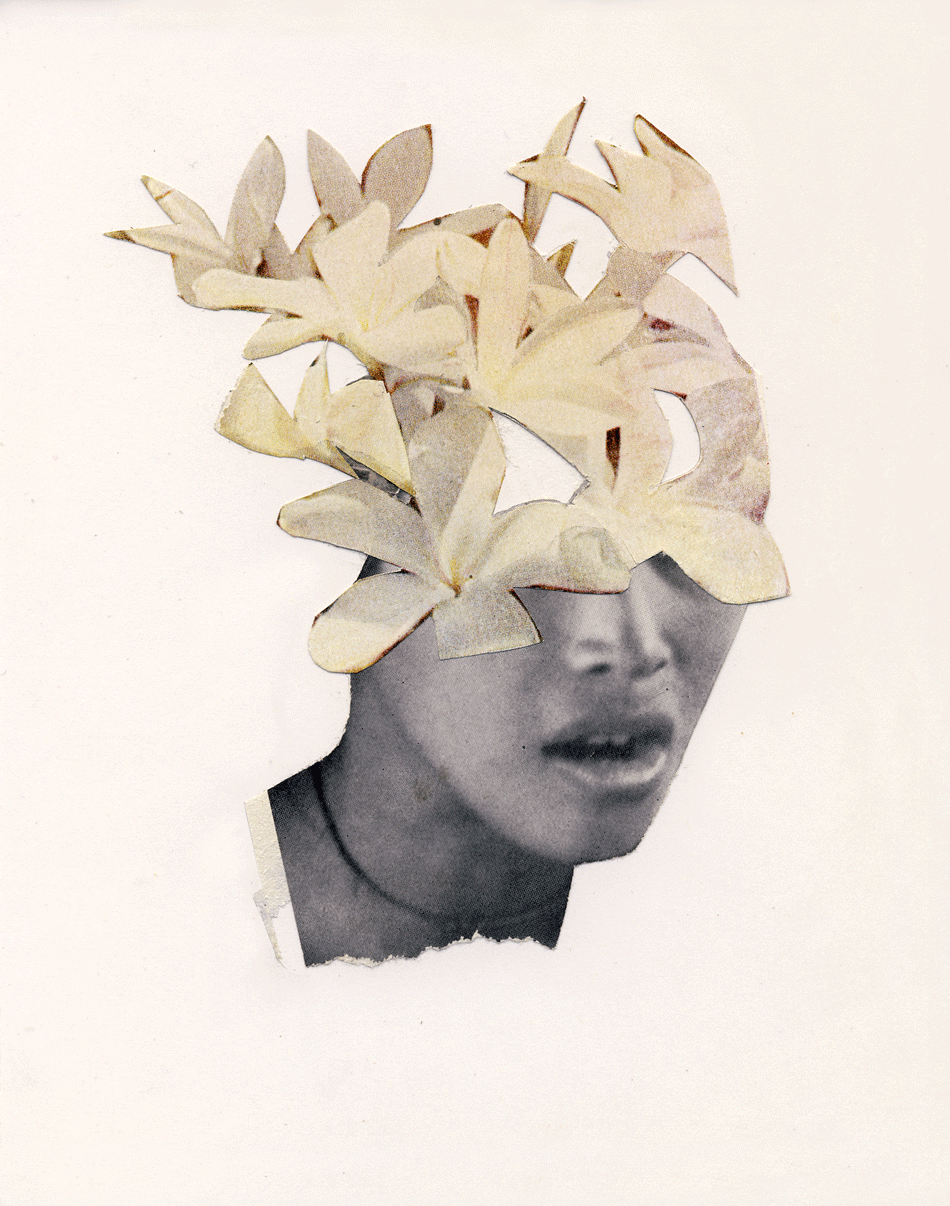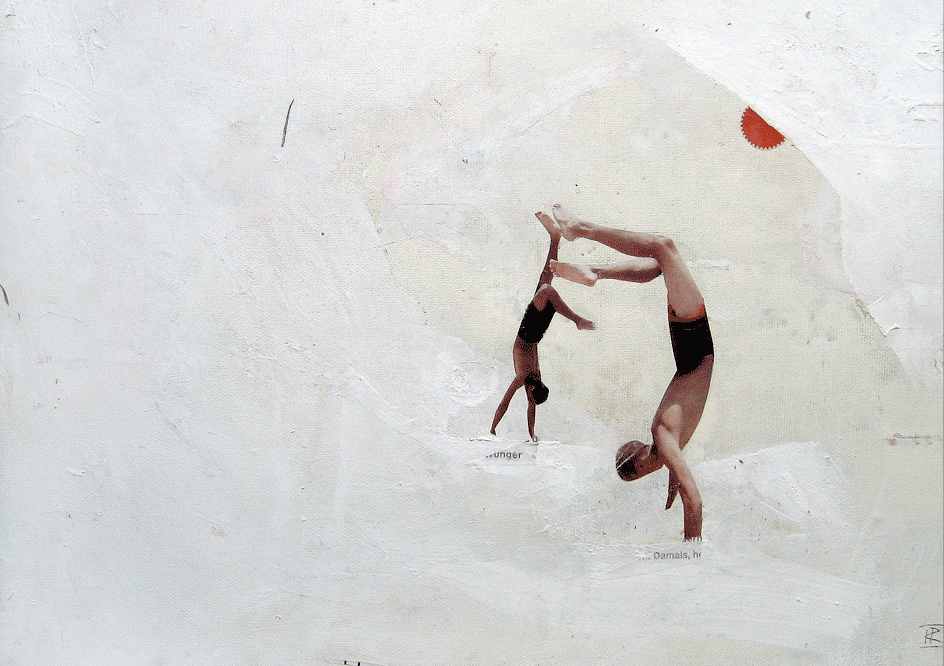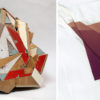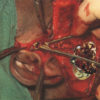1. Please, introduce yourself, tell us a little bit about you.
Hello, I’m Isabel and I’m just a little nervous because I have to talk in English, but I’ll do my very best. I grew up on the border near the Netherlands. I became a decorator and studied visual communications at the FH for Design in Muenster. I worked as a printer, and also as a set-dresser and visual artist for different movies, and now I am working with disadvantaged and disabled people. I like to paint and I love to do collages. Currently I am living and working in Berlin.
2. Recent, current or future projects you are involved in that you would like to share with us?
I am very happy being part of the upcoming group show GLUE ADDICTION here in Berlin, on the 24th of May (with Jorge Chamorro, Dorothee Dottke, Kerstin Stephan, Oliver Wiegner). I’m very excited to be meeting them and seeing their works in person.
We just also started a collage group in Berlin where we’ll do some things together. It’s a great idea to collaborate and to exchange your work with other people. I like it very much because it broadens the horizons and you have to stay flexible in your head.
3. What kind of things do influence your work?
The things around, the things I see, the scraps and pictures I meet, the weather and of course the mood I have at that moment. Everything. I think I’m also influenced by Dadaism, Minimalism, and the work of other artists and collagists of course. And I do love children’s drawings and the art of “outsiders” too.
4. How is your normal process of collaging? (idea or commission, where do you get your materials or find your images, which is your cutting technique, best way you have found to paste, where do you work and how, and very important: what do you do with your scraps)
I work in my flat in Berlin. The scraps I use for collaging I find in newspapers, books and magazines that are around me. Or I find them on flea markets or second-hand shops.
And when one picture or thing in the book or magazine is talking to me, I’ll cut it out. Sometimes with scissors (for very small things I use my nail scissors) and sometimes with an exacto knife.
The process of collaging varies. It depends on the material I am working with. When I am working on clean papers I am arranging the things, and only if I’m sure about the arrangement do I paste it. Therefore I use rubber cement like FIXOGUM. You can move your scrap a while and when it’s dry you can scrub the rest of the cement off.
On canvas or wood I am working much more radically. I take what I just found and paste it immediately. And if I don’t like it anymore or I find another “better” scrap or I can’t combine it with the others, I tear it off and paste the other one on. So many of the canvas works often change their appearance until they are finished.
For collaging on canvas I use wallpaper paste.
Scraps which I don’t use at the moment, I retain for a while. Some in a box, most of them on my collage table. Beside, behind, above or under the others. And perhaps once a month I have to say goodbye to them, and to throw them away for a new beginning.
5. Which is your latest discovery in the collage world? What advice can you give to a collage beginner?
I like the work of Massimo Nota (Notamax) very much. Also the works of Vincent Griffin. And I am always in very big love with the work of Philippe Jusforgues.
The advice I would give to a collage beginner is: Change your view and turn your paper or the material you are working on around, or the scraps you are working with, so the scrap or the work looses its meaning. This can be very helpful sometimes.
6. And what do you do when you are not working on art?
When I’m not working on art, I like to swim, ride my bike, take a walk, go to concerts and exhibitions, listen to music, sit outside, meet friends, have some beers …
7. Would you like to ask anything to John Baldessari? Shoot.
Not sure. I have to think about it.
